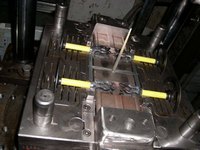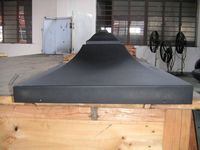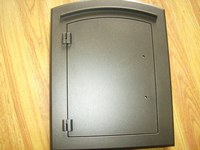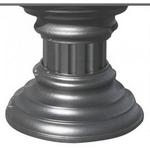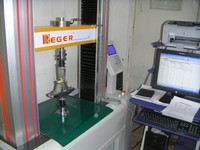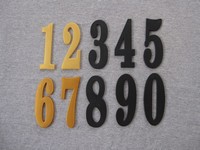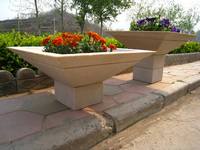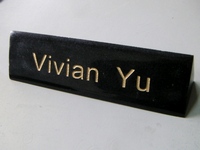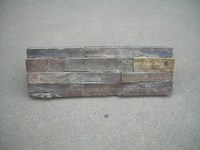
Western Managed Manufacturer - World Class Design and Production
Services | Solutions | Products | Who Are We | Contact Us
Home /
Casting /
Die Casting
Die casting is a
process in which molten metal is forced under high pressure into
molds allowing for each part to be made identical to
the mold. Die casting is especially suited for metal products where a
large quantity of parts are needed with fine detail, a good surface finish,
dimensional consistency and cost savings over other processes.
The pressure and use of molds made from high grade heat hardened tooling
steel allows for manufacturing of walls thinner than
what other processes could make while at the same time keeping steady the
structural integrity and strength of the product.
More often than
not, metal is no longer required as exotic plastic materials are available
and plastic more often than not is a better
substitute. So long
as intense strength or hardness is not required,
injection molding can provide a less expensive, faster, and just as good alternative.
 |
|
|
| Die Cast Mailbox Stand Cover with Ball Accessory , Powder Coated Black | Die Cast Multi-User Storage Unit Top Cover, Powder Coated Black | Die Cast Individual Mailbox Frame, Cover and Hinges, Powder Coated Bronze |
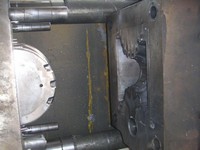 |
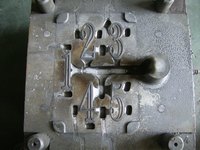 |
|
| Die casting uses a hardened tooling steel mold to make each product perfectly. | We precision engineer and manufacture each mold ensuring that product also meets those measurements. | Each and every product die cast has a good surface finish and is 100% dimensionally accurate |
Sand Casting
Sand casting uses
the same principles as die casting, in which molten metal is put into a
cavity allowing the product to form as according to the mold its made from.
A pattern is inserted into the sand leaving an empty cavity in which the
product is cast from. However, as the mold is made from a sand
mixture, the surface detail, dimensional accuracy and uniformity can never
be as good as die casting. On the plus side, the molds are
substantially cheaper leading to less startup capital needed, but they do
lead to higher labor costs. This makes die casting cost less in the
long run for medium to large volume products.
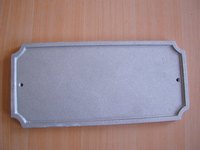 |
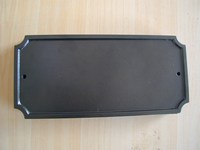 |
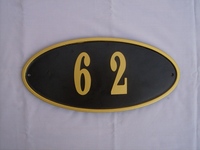 |
|
Sand Cast Aluminum Address Plaque after casting and processing. Sand cast is primarily used for low volume products. |
The same plaque after powder coating. Most all cast products have a coating put on for finish and corrosion-resistance. | After finished, it is trimmed with gold paint and custom numbered with cast aluminum numbers |
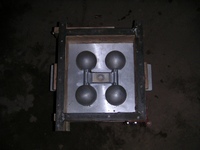 |
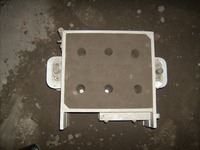 |
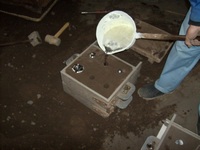 |
| The pattern is inserted into the sand creating empty cavities. | Once the pattern is removed, the mold is ready for production. | Molten metal is poured into the empty cavities of the mold forming the parts. |
|
Our Expertise Includes:
Manufacturing
|

3D Presentation of
Packaging Design
